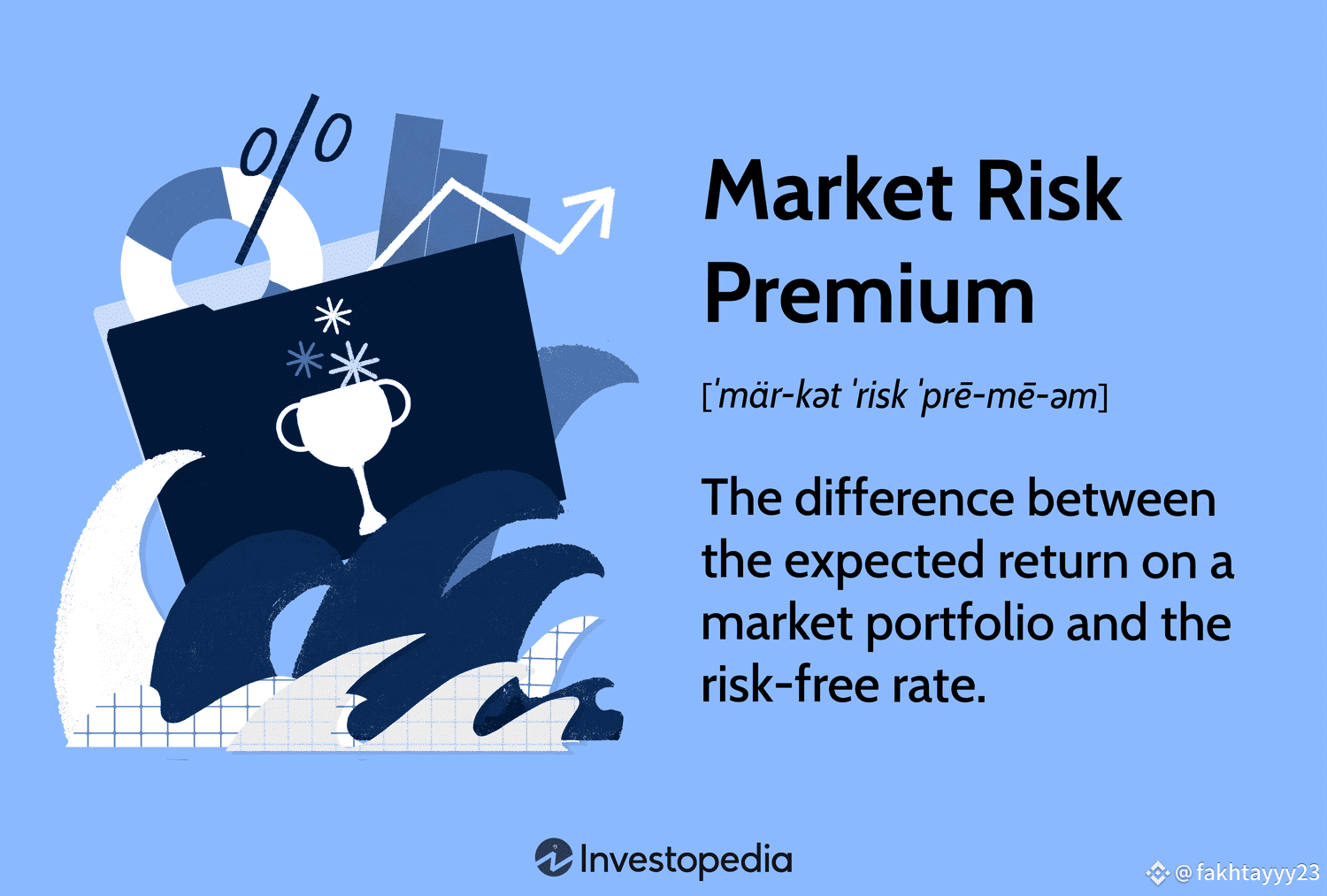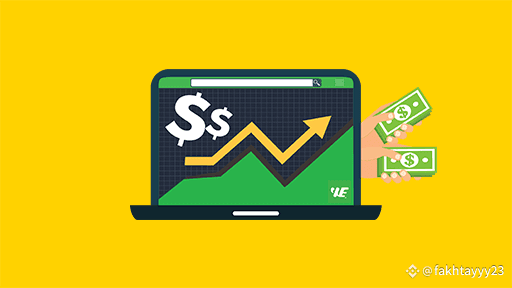1. Simplified Explanation:
Risk premium is the extra return you can expect from investing in something riskier than a safe asset. It's the difference between the return on a risky investment and a safe one. For example, if a stock is expected to return 8% and a government bond returns 3%, the risk premium is 5%.
2. Types of Risk Premiums:
There are several types of risk premiums, including:
- Equity risk premium: the extra return expected from investing in stocks
- Credit risk premium: the extra return expected from lending to borrowers with higher default risk
- Liquidity risk premium: the extra return expected from investing in assets that are hard to sell quickly
3. Calculating Risk Premium:
To calculate risk premium, subtract the return on a safe investment from the expected return on a riskier investment. For example, if a stock is expected to return 10% and a government bond returns 2%, the risk premium is 8%.
4. Factors Affecting Risk Premium:
Risk premium can be affected by various factors, including:
- Market volatility
- Economic conditions
- Investor sentiment
- Industry-specific risks
5. Importance of Risk Premium:
Understanding risk premium is crucial for making informed investment decisions. It helps investors:
- Compare different investment options
- Assess the potential returns and risks of an investment
- Diversify their portfolios to manage risk
6. Cryptocurrency Risk Premium:
Cryptocurrencies have their own risk premium due to their high volatility and uncertainty. Investors expect higher returns from cryptocurrencies compared to traditional investments.
7. Real-World Examples:
Examples of risk premium in action include:
- The 2008 financial crisis, where risk premiums increased significantly due to market uncertainty
- The cryptocurrency market, where risk premiums are high due to volatility and regulatory uncertainty
8. Investment Strategies:
Investors can use risk premium to inform their investment strategies, such as:
- Diversifying their portfolios to manage risk
- Investing in assets with higher risk premiums for potentially higher returns
- Adjusting their investment portfolios based on changes in risk premium